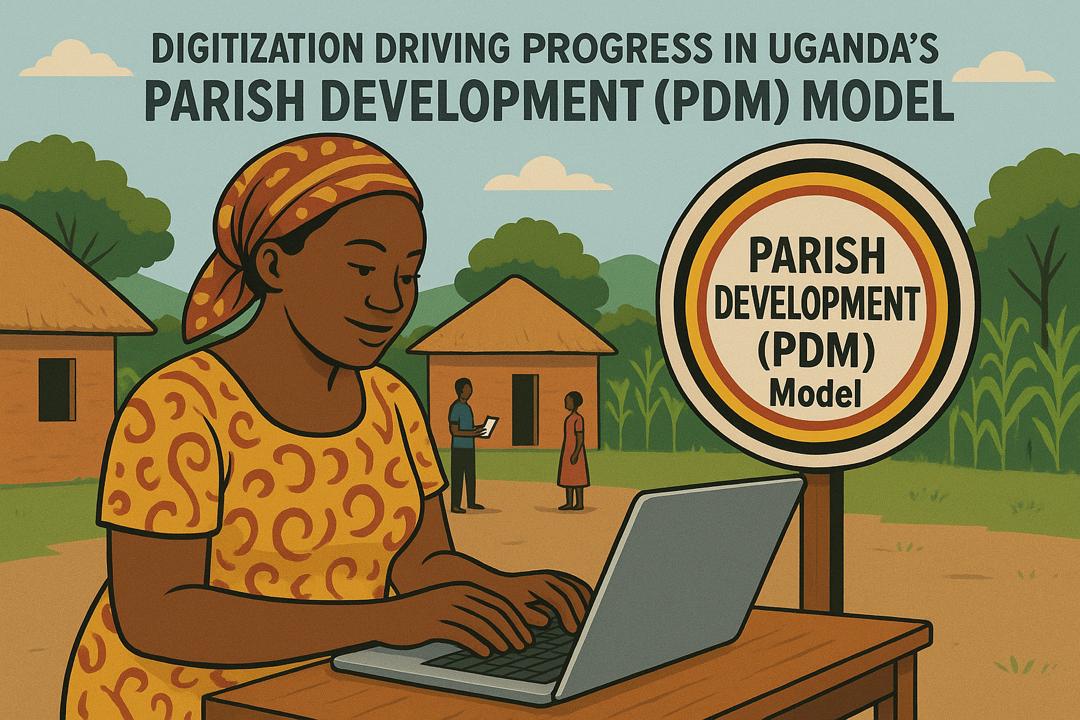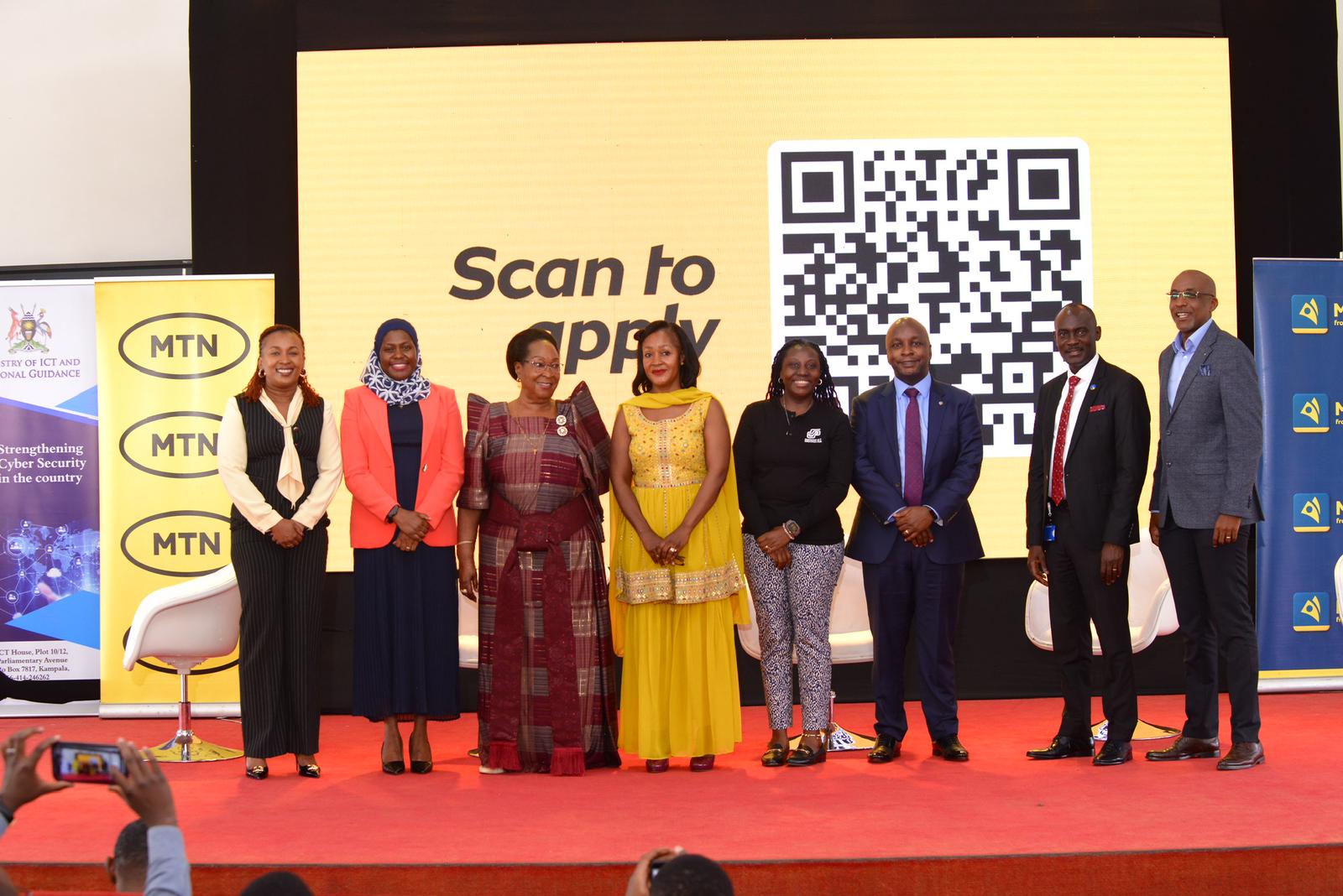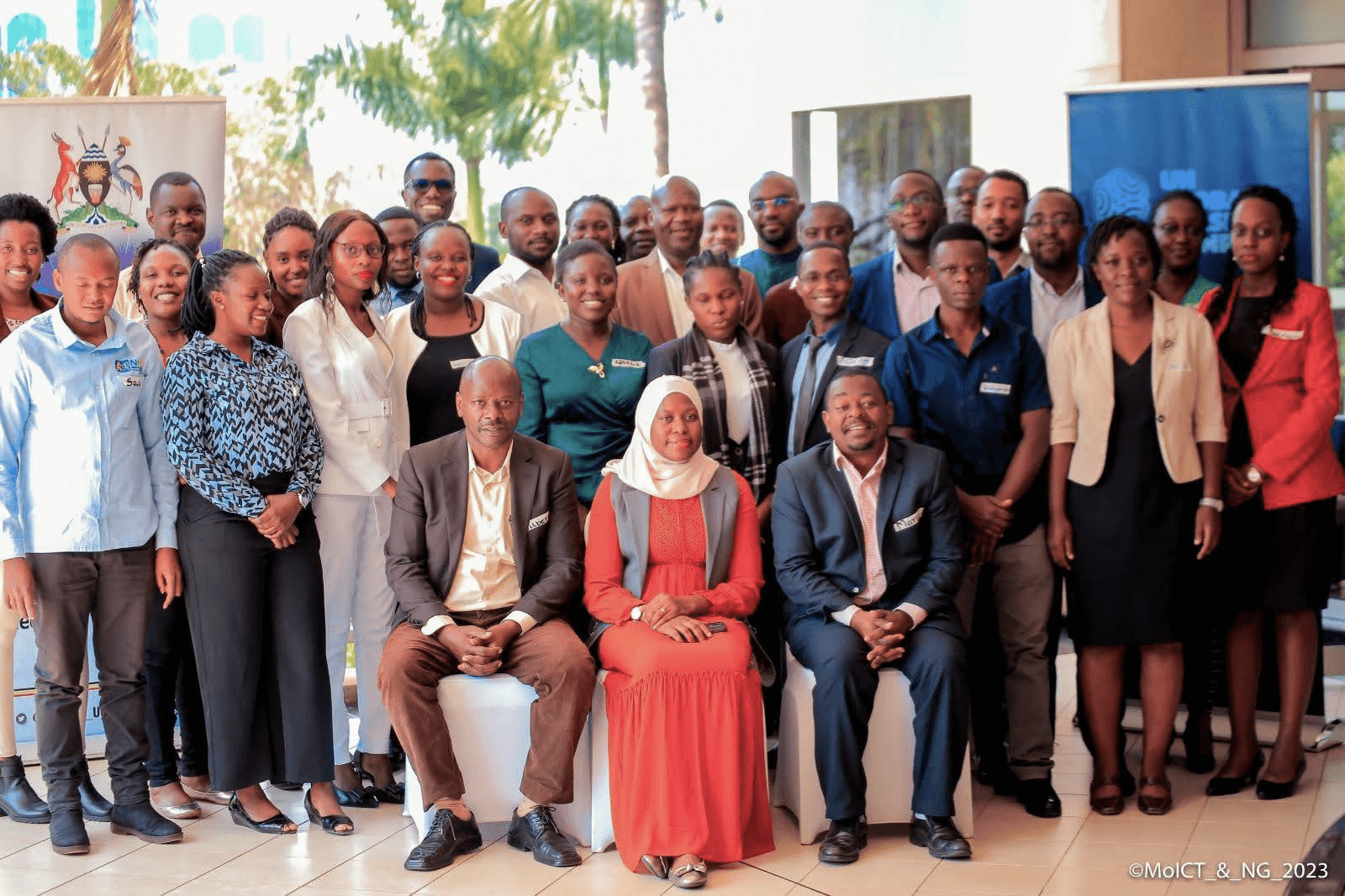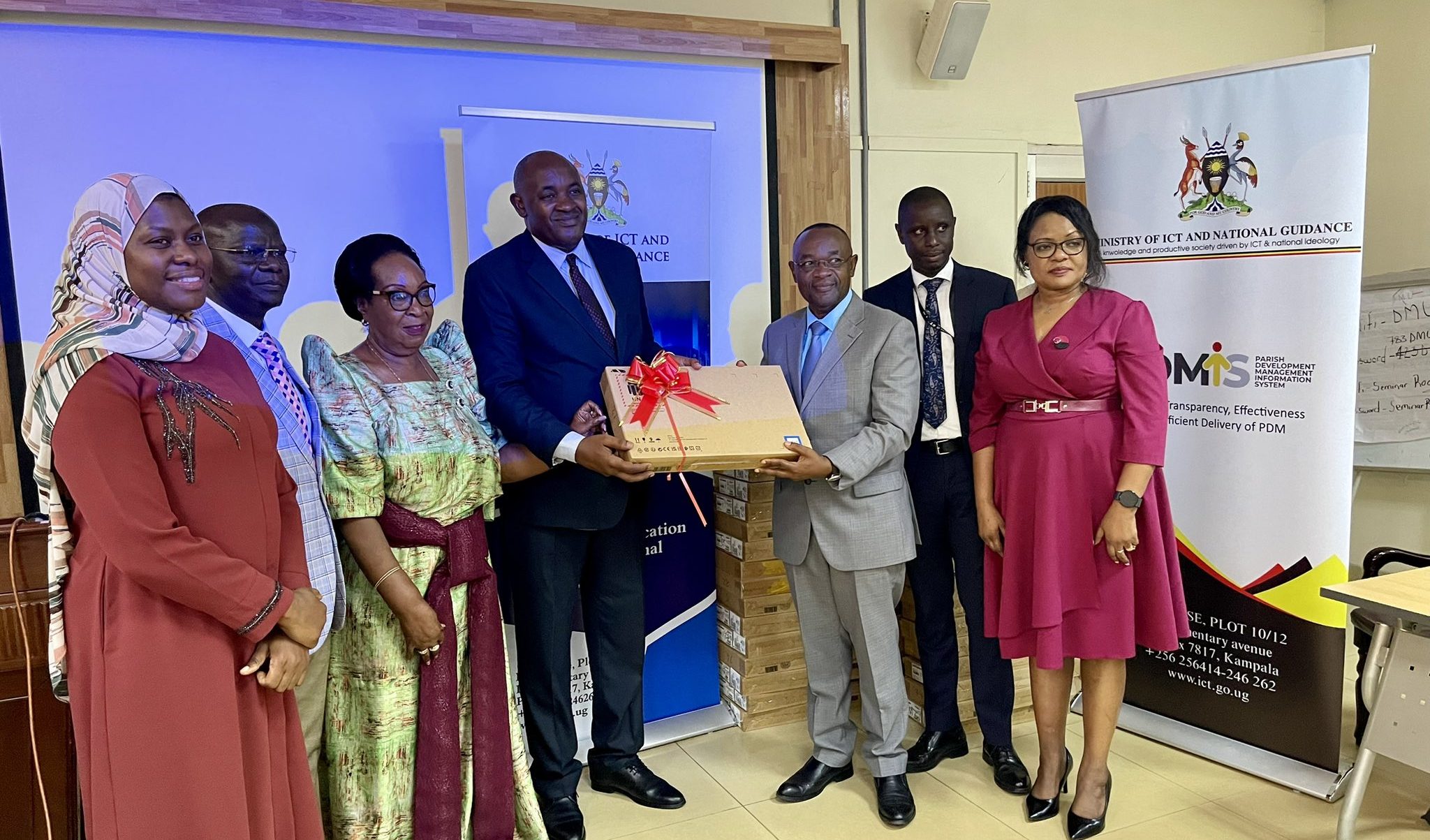The Parish Development Model (PDM) has demonstrated how digitisation can enhance Government service delivery and improve decision-making. As part of Pillar 6 of PDM, the Ministry of ICT and National Guidance, under the National ICT Initiatives Support Program (NIISP), has developed, continues to update, and actively uses the Parish-Based Management Information System (PDMIS) to maintain household and community profiles and digitise all PD funds disbursements to the households. This system provides dashboards for quick access to information, ensuring transparency, efficiency, and accountability in PDM processes. It plays a key role in streamlining operations and providing real-time access at all levels.
For the first time in Uganda’s history, a Government initiative has created a comprehensive digital database of beneficiaries. This system provides access to detailed information at the click of a button. PDMIS captures vital beneficiaries` data, including names, National Identification Numbers (NINs), telephone numbers, locations, business enterprises, business plans, borrowed amounts, repayments, savings, account details, enterprise group memberships, and Savings and Credit Cooperative Organisation (SACCO) affiliations. This digital infrastructure significantly enhances transparency and accountability in the allocation and management of Government funds.
To ensure that only eligible and traceable beneficiaries receive payments, PDMIS verifies all NINs with the National Identification and Registration Authority (NIRA) database. This feature allows the Government to easily track and verify recipients' identities, preventing fraud and ensuring funds reach the intended beneficiaries.
The Parish Development Model Information System (PDMIS) has successfully digitised over 8 million household records throughout Uganda, covering nearly 79% of all households in the country. This ongoing initiative will create a comprehensive national database once the remaining households are included.
In just over two years since its launch, the system has tracked over UGX 2.7 trillion sent to PDM Savings and Credit Cooperatives (SACCOs), with UGX 2.5 trillion reaching more than 2.5 million beneficiaries directly. When complete, this digital foundation will empower Government decision-makers at all levels with reliable data.
By replacing paper-based processes with digital transactions, the PDMIS ensures funds are managed efficiently and transparently. This digital shift has highlighted errors in parishes that initially resisted the new system, while early adopters of PDMIS avoided these common mistakes.
The Government has implemented strict access controls for PDMIS, allowing only key officials involved in implementation to access the system, including; Ministry of Finance, Planning and Economic Development (MOPFED), Ministry of Agriculture, Animal Industry and Fisheries (MAAIF), PDM Secretariat, Ministry of Local Government (MoLG), Operation Wealth Creation (OWC), Registrar of Cooperatives, Chief Administrative Officers (CAOs), Town Clerks, District Commercial Officers (DCOs), Community Development Officers (CDOs), SACCO executives and Parish Chiefs. These officials have received comprehensive training on data protection and system usage. The Government continues to support them through regular virtual refresher sessions and on-demand physical training sessions, ensuring continued competency and data integrity.
Given the vast scale of PDMIS, some technological challenges are expected. To address these challenges, the Ministry of ICT and National Guidance has set up a dedicated service desk to address user queries. At the same time, the Ministry of Finance, Planning, and Economic Development has deployed officers in every sub-region to provide technical assistance to PDMIS. These interventions have improved system efficiency, resulting in fewer reported issues over time.
To strengthen PDMIS implementation, the Government has collaborated with various Ministries, Departments, and Agencies to provide digital tools and devices. In FY 2024/25, the Ministry of ICT and National Guidance issued 163 laptops to the Ministry of Local Government for distribution to Chief Accounting Officers (CAOs) and Town Clerks, enabling better monitoring of PDM implementation.
Additionally, in partnership with the Uganda Bureau of Statistics (UBOS) and Local Government, the Government repurposed 24,434 tablets previously used for census data collection. These tablets now support PDMIS operations, aiding in efficient fund disbursement and beneficiary registration. The distribution of these tablets included, among others: 1,496 tablets for Sub-County Community Development Officers (CDOs), 580 tablets for Town Council CDOs, 25 tablets for City Division CDOs, 181 tablets for District IT Officers, and 181 tablets for Local Government Statisticians.
The Ministry is implementing a digital skilling programme targeting Parish Chiefs, Community Development Officers (CDOs), and SACCO executives, with over 350 participants trained to date. Additionally, the PDMIS has generated more than 250 direct jobs for Ugandans.
The PDMIS shows how data and technology can transform Government initiatives. With ongoing enhancements, the system continues to strengthen Uganda's development efforts by promoting transparency, evidence-based decision-making, and community participation.
Technology's evolution will unlock even greater potential for PDMIS. This powerful marriage of data and governance is reshaping how PDM operates and paving the way for tomorrow's digital government services. Uganda’s digital governance revolution is just beginning, and the Parish Development Model proves how technology can empower communities and drive national progress.
Aug 21, 2025
Digitization driving progress in Uganda's Parish Development Model
Innovation

The author is a Permanent Secretary at the Ministry of ICT & National Guidance.
Related Stories

Innovation
Ministry in partnership with MTN Uganda launch the second phase of MTN ACE Program
Jun 20, 2024

